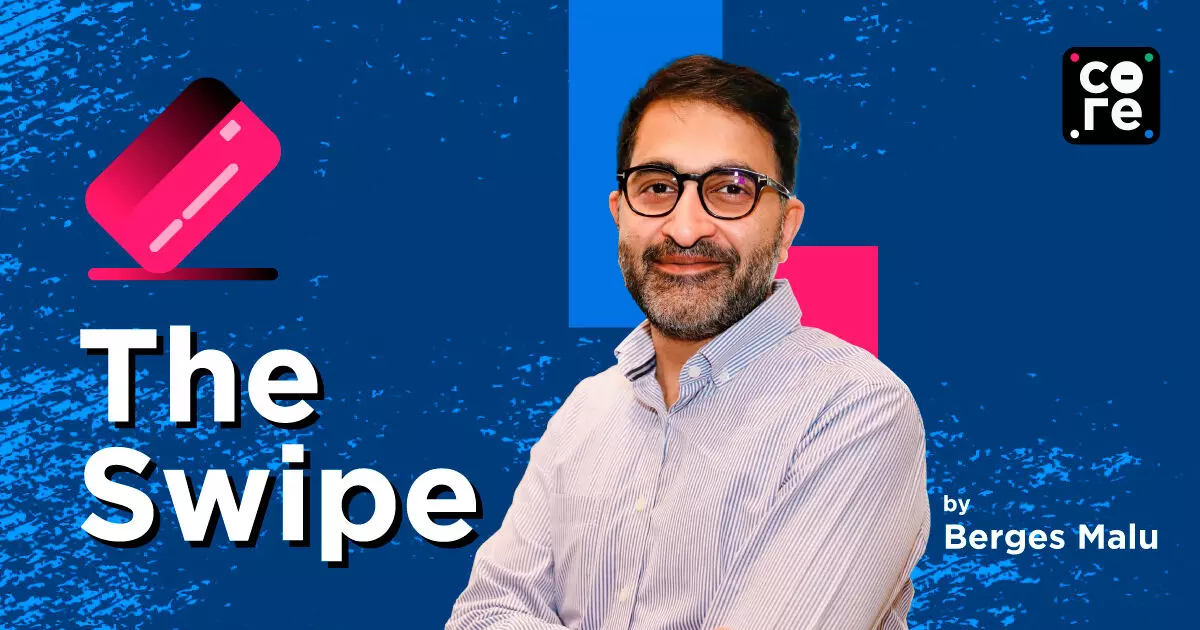
Are Premium Credit Cards Really Worth The Hype?
While premium credit cards promise appealing perks, they frequently fall short on value. In contrast, cashback cards provide straightforward, tangible rewards without the hassle.

Speak to your credit card salesperson, and they will promise you the sun and the moon as the benefits of holding a premium credit card. While the promises of benefits are many, the reality is a bit different.
Over the past decade, I’ve held numerous credit cards from various banks and honestly, most of their features have been largely irrelevant (pun intended). Many come with fine print or offer perks that you might use occasionally—perhaps once every three years at most.
Credit cards have become more democratised in recent times, with premium cards offering increasingly complex reward structures. While it might be enticing to have cards like the Axis Magnus in the short term, their long-term value is often minimal. In fact, the luxurious perks many premium cards offer can quickly become expensive when you consider the spending required to unlock those benefits.
For instance, since American Express started issuing Taj vouchers, I’ve accumulated over Rs 1,20,000 worth of them in the past three years—yet I’ve never been able to use a single one. Here’s why:
- These vouchers are only valid at rack rates, which are typically 40% higher than actual prices.
- They require advance bookings and are restricted to use within India.
- Airport lounges that many cards promise? In reality, they’re often crowded and noisy—think long lines akin to...
Speak to your credit card salesperson, and they will promise you the sun and the moon as the benefits of holding a premium credit card. While the promises of benefits are many, the reality is a bit different.
Over the past decade, I’ve held numerous credit cards from various banks and honestly, most of their features have been largely irrelevant (pun intended). Many come with fine print or offer perks that you might use occasionally—perhaps once every three years at most.
Credit cards have become more democratised in recent times, with premium cards offering increasingly complex reward structures. While it might be enticing to have cards like the Axis Magnus in the short term, their long-term value is often minimal. In fact, the luxurious perks many premium cards offer can quickly become expensive when you consider the spending required to unlock those benefits.
For instance, since American Express started issuing Taj vouchers, I’ve accumulated over Rs 1,20,000 worth of them in the past three years—yet I’ve never been able to use a single one. Here’s why:
- These vouchers are only valid at rack rates, which are typically 40% higher than actual prices.
- They require advance bookings and are restricted to use within India.
- Airport lounges that many cards promise? In reality, they’re often crowded and noisy—think long lines akin to a Universal Studios ride during peak hours.
That said, having at least one premium card with meaningful benefits can still be a good idea. For me, the American Express Platinum Charge Card, priced at nearly Rs 70,000, is a solid choice. It offers impressive benefits, from OTT subscriptions to premium statuses at most hotel chains, making it one of the most powerful cards in the Indian market. Your card of choice may vary—some of my friends swear by the HDFC Infinia, which is also a great card. I just prefer American Express for its exceptional service.
However, to truly maximise the value of your American Express or HDFC card, you need to stay on top of frequent offer updates (which can change every week), make substantial purchases to accumulate rewards, and sometimes jump through hoops to access the perks. While this might seem manageable in the beginning, it can quickly become a hassle.
Now, let me share why I’ve switched my preference to something simpler: the humble cashback credit card. Surprisingly, this has become my go-to card for most transactions. If, like me, you spend a lot online—whether it’s shopping from direct-to-consumer brands or ordering food—the flat 5% cashback you earn on such purchases is simply unbeatable.
What are the good examples of such cards?
- The SBI Cashback Card has a low annual fee of just Rs 999.
- The Amazon Prime card by ICICI Bank which has a lifetime-free offer
- The EazyDiner card from IndusInd Bank offers discounts at fine dining restaurants, and an additional Rs 1,000 off on your bill.
What’s not to love about that?
Cashback cards are straightforward—there’s no confusing points system or need for tracking offers, and even when annual fees are applied, they’re usually minimal and quickly recouped through the cashback you earn. Over the past year, cashback cards have saved me nearly Rs 50,000—now that’s a tangible benefit. Plus, there’s no need to worry about points expiring or dealing with complex reward structures.
Don’t get me wrong—premium cards can offer some impressive benefits, but holding more than one often ends up costing more than you might think.
While premium credit cards promise appealing perks, they frequently fall short on value. In contrast, cashback cards provide straightforward, tangible rewards without the hassle.


